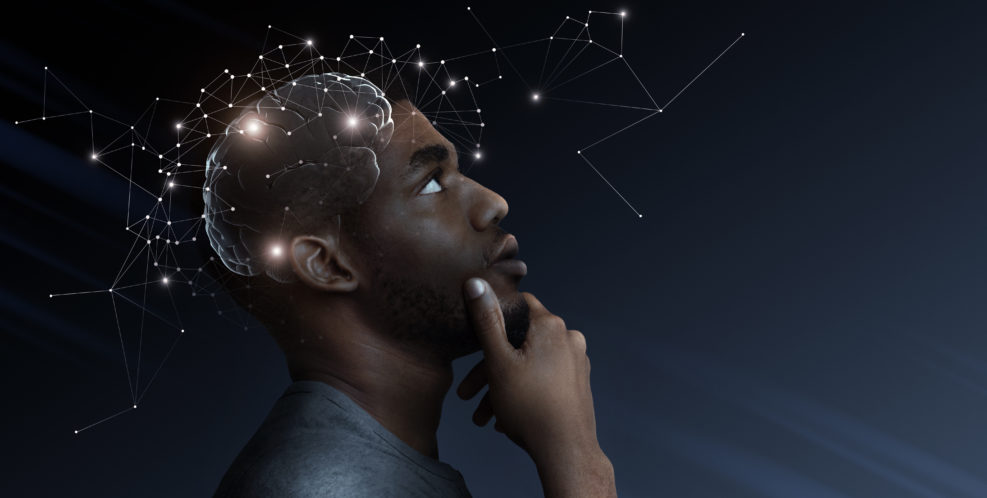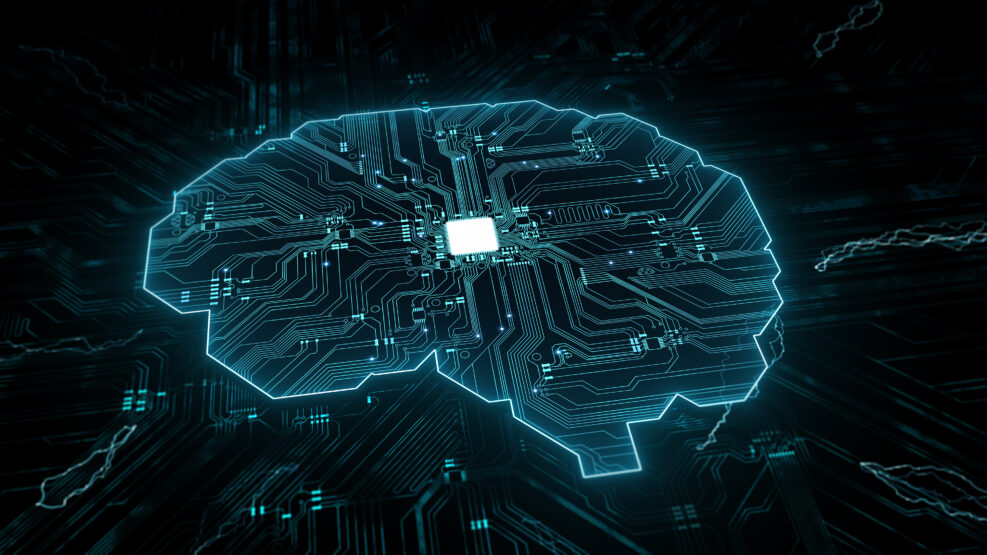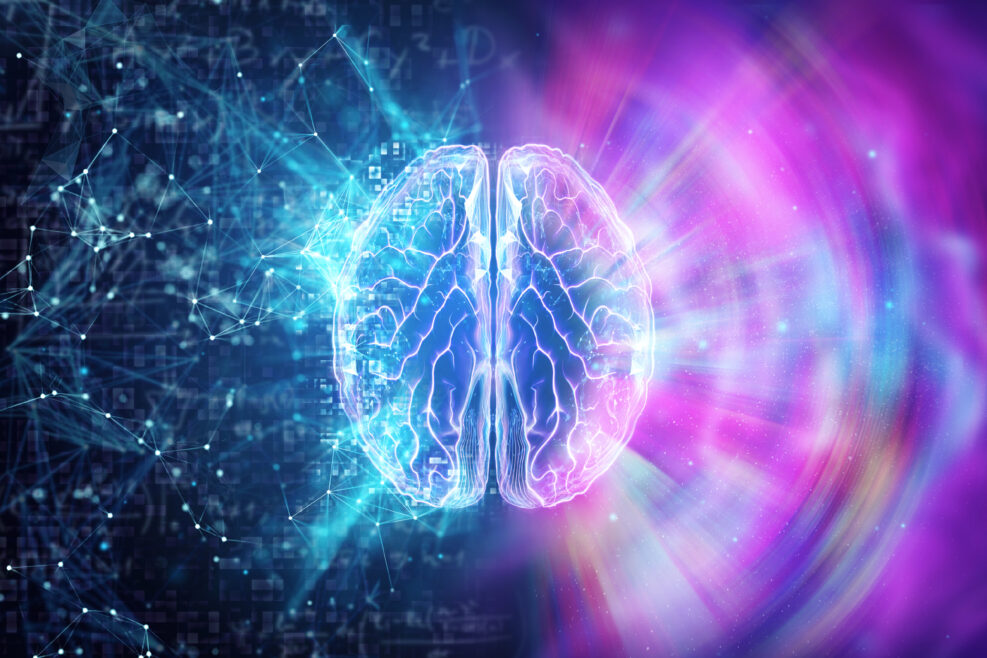
The “Conscious Machine” Is Just Real Enough to Scare People
The ancient Greek hunk Narcissus could tell us about the risks — if he hadn’t been turned into a daffodil…Theologian and philosopher David Bentley Hart turns to an ancient folk tale to explain the danger of coming to believe that artificial intelligence is real human intelligence. Narcissus, as he tells us, was a young Greek hunter who fell in love with his own reflection in still water. He was entranced by the image but frustrated by the fact that it never did anything he didn’t do himself. He pined away and was eventually transformed into a flower — still called narcissus today. His name also found its way into psychology as a term for extreme self-absorption, narcissism. And that’s where Dr. Hart fears that an attraction to AI products as “machine selves” is taking us. While we’ve always been Read More ›



